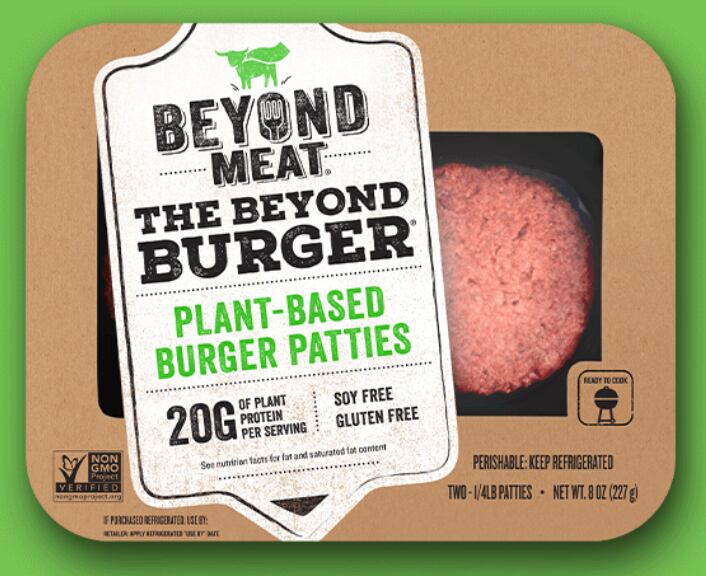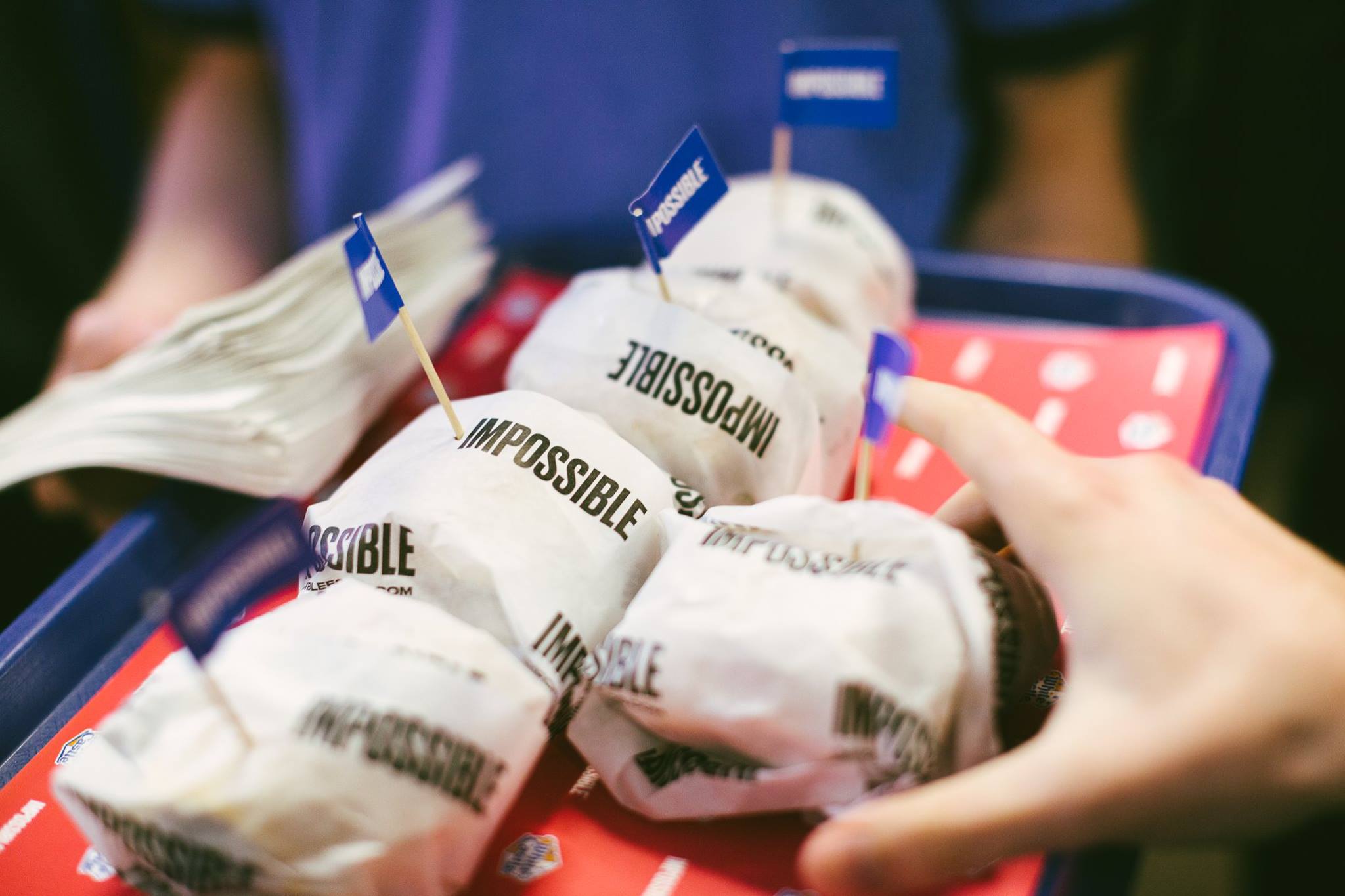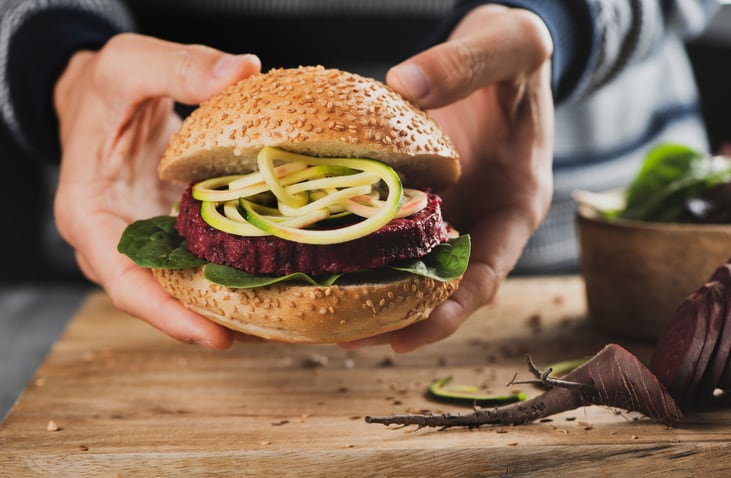Beyond Meat made headlines this month when it became the first plant-based meat company to go public on the Nasdaq Stock Market.
Stock opened at $46 (€40.9) on 2 May, and after the first day of trading, closed at $65.75 – well above its IPO price of $25. While it has since reduced slightly, current figures stand at close to 150% above the IPO price.
As a result, less than two weeks after market entry, the company boasts a market capitalisation of $3.9bn (€3.47bn).
“This is the first time that a plant-based meat alternative has reached the market, and we’ve seen the incredible response,” commented the Good Food Institute (GFI)’s managing director for Europe, Richard Parr.
GFI is a not-for-profit organisation that works to promote plant-based and cell-based meat, eggs, dairy and seafood to promote a healthy planet, animal welfare, and human public health.
“There are incredible financial opportunities here, both in the plant-based and cell-based meat space,” he continued at the Seeds and Chips conference last week in Milan. “And these opportunities are pretty much uncapped.”
Beyond Meat’s plant-based invention, The Beyond Burger, is leading the charge in the Californian company’s product portfolio. The patty, which looks and cooks like beef, is sold in more than 40 countries around the world.
As with competitors’ vegan burger offerings – such as Impossible Foods’ Impossible Burger which is sold in Burger King, and Nestlé’s Incredible Burger which is sold in McDonald’s Germany – Beyond Meat is spreading across the foodservice sector.
American fast food chains Carl’s Jr. and TGI Fridays are two high-profile fast food vendors selling The Beyond Burger in this category.
At Seeds and Chips, Joseph Puglisi, a professor of structural biology at Stanford University and lead scientific advisor to Beyond Meat, told delegates that entry into the foodservice sector represents a milestone from a public health standpoint.
Addressing health: ‘Obesity is a disease of poverty’
Puglisi has been “helping build…the approach behind Beyond Meat” for the past five years.
The company’s plant-based meat alternatives aim to address an array of issues, including animal welfare, land and resource use, water wastage, climate change, and greenhouse gas emissions. However, “what dragged me into this was an excitement about potentially impacting human health”, said Puglisi.
Acknowledging that poverty and obesity “go hand-in-hand” means that in the US, “obesity is a disease of poverty”, he continued.
Indeed, The State of Obesity – an organisation that raises awareness about the seriousness of the obesity epidemic in the US – reports that lower income levels are disproportionately more likely to be obese. More than 33% of adults who earn less than $15,000 per year are obese, compared with 24.6% of US citizens who earn at least $15,000 annually.
“So one of my goals was, could we make plant-based meat substitutes that are not only appealing to the consumer, but at a price point that we can put it into fast food restaurants?” said Puglisi.
“These items cannot just be the luxury of the rich. It needs to be rather simple, and rather inexpensive.”
Measuring experience with the senses
The challenge, then, was to create an accessibly priced vegan burger sporting similar characteristics to a beef patty.
Meat is an assemblage of individual proteins that form muscle fibres into treads, which turn into macroscopic meat tissue, Puglisi explained to delegates. “We were not going to find the same molecules in plants, so we made a compromise: ‘Let’s mimic the experience of eating meat’.
Using pea proteins, which “don’t look anything like [meat-based] protein”, the scientists were tasked with developing a strategy to ‘coax’ plant proteins into looking like muscle.

“We want the experience – not a microscopic measurement – but measurement in your eyes and mouth and nose. The idea really starts with the sensory experience of eating meat. We use pea protein, and colourings from beet and pomegranate to really mimic the sensory experience.”
This includes not only the obvious sensory experiences derived from colour, flavour and aroma, but also sound. “We recorded frequencies of our hamburgers…and they reproduce the [same] frequency spectrum as the sound of meat cooking, which is very appealing to people.”
Marketing: ‘Keep it simple’
A constant in the process was the need to not over complicate or ‘over-engineer’ the product, Puglisi continued, particularly from a marketing perspective.
“Keep it simple. Consumers don’t care about the science, they want to hear about a really good tasting product that is good for them, and perhaps good for the planet as well.”
Indeed, one of the company’s most successful marketing techniques did not leverage the company’s scientific advancements at all, he continued. “It was putting the patties into the meat section. So our products are sold with different meat products, and that’s been a huge thing.”




